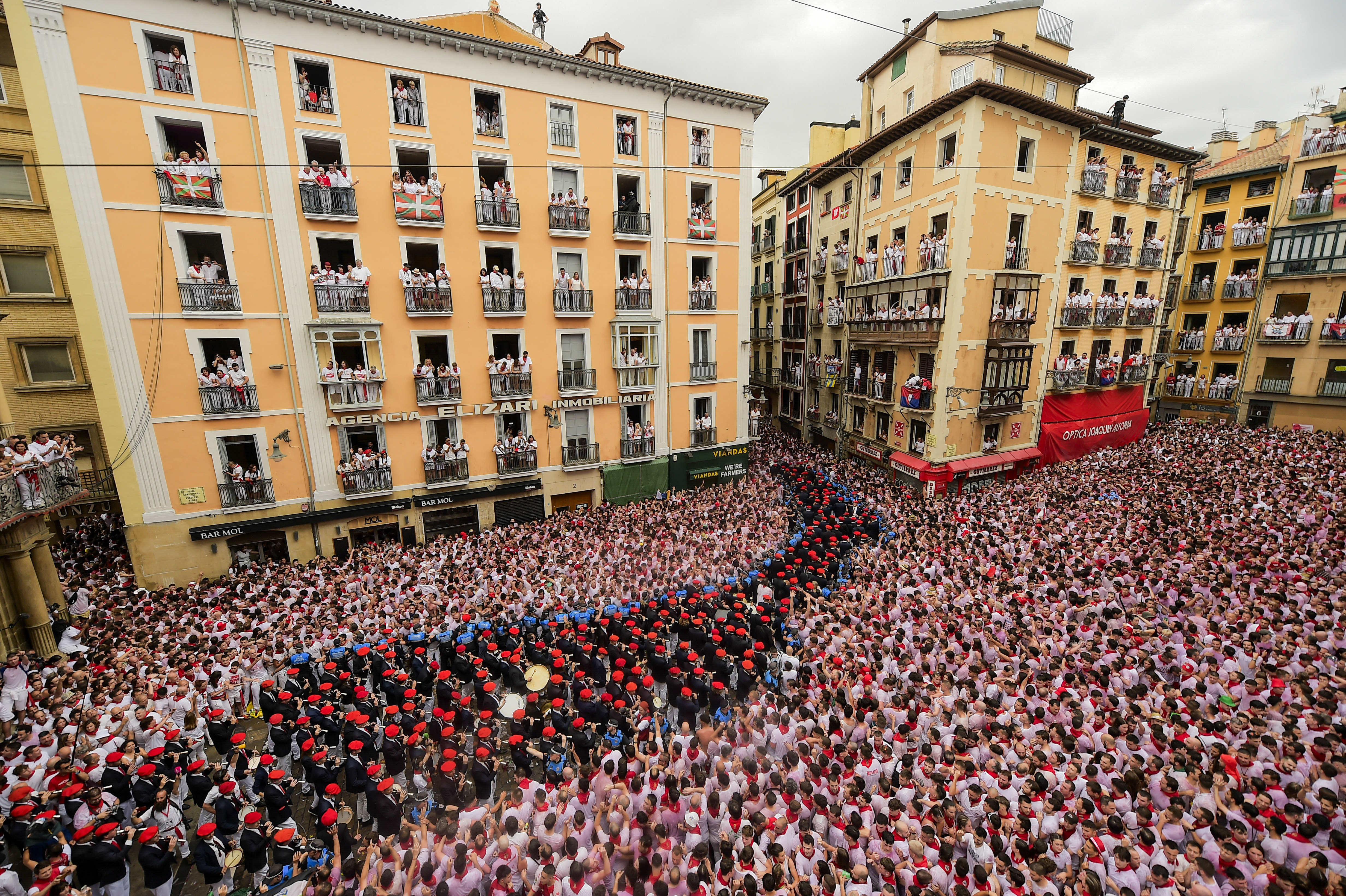In the heart of Spain, amidst the vibrant hues and historical contours of Navarre, lies a festivity that captures the essence of Spanish fervour and tradition - the Festival of San Fermin. Celebrated with unmatched zeal in the city of Pamplona, this festival is not just an event but a cultural phenomenon that reflects the rich tapestry of Spanish heritage. From its historical inception to the plethora of traditions, events, and gastronomic delights that it encompasses, the Festival of San Fermin is a kaleidoscope of cultural vibrancy.

The inception of the Festival of San Fermin is steeped in the annals of history, tracing back to the 12th century. The festival is named after Saint Fermin, the co-patron of Navarre, venerated as a martyr in the Christian faith. Originally, the festivities were in September, commemorating the saint's day. However, in the 16th century, due to the pleasant July weather, the celebration was moved to the 7th of July, marking the beginning of a nine-day festivity that combines religious devotion, tradition, and jubilation.
The historical evolution of the festival has seen it transition from a local fair and bullfighting event to an international spectacle, drawing visitors from across the globe. The essence of San Fermin, however, remains rooted in its traditions, a bridge between the past and the present.
The Festival of San Fermin is synonymous with the 'encierro' or the running of the bulls, an event that pulsates with adrenaline and ancient customs. At the break of dawn, six bulls are released onto the streets of Pamplona, their hooves striking the cobbled pathways as thousands of 'runners' dash ahead, a dance of daring and dexterity. The encierro is a testament to courage and is enveloped in a cloak of rituals, including the singing of a benediction to San Fermin, seeking his protection.
The festival is also a visual spectacle, with participants donning the traditional attire of white trousers and shirts, accented with a red sash and neckerchief, symbolising the martyrdom of Saint Fermin. This uniformity in dress fosters a sense of camaraderie and unity among the participants, a celebration of collective spirit.
Amidst the fervour, the 'giants and big-heads' parade is a delightful tradition, featuring large papier-mâché figures that weave through the city, a nod to medieval festivities and folklore. The ‘peñas’ or social clubs play a pivotal role, orchestrating music, and dances, and ensuring the continuum of festivity throughout the night.
Beyond the heart-stopping encierro, San Fermin is a compendium of events that cater to a spectrum of tastes and ages. The 'Procesión de San Fermín', a solemn procession featuring the statue of Saint Fermin, is a blend of religious reverence and local culture, a moment of spiritual communion.
For aficionados of music and dance, the streets of Pamplona resonate with the melodies of traditional Basque and Spanish music, a cacophony of joy that invites participation. The ‘fire bull’, a structure adorned with fireworks that prances through the streets after dusk, appeals to the young and old alike, a spectacle of light and mirth.
The festival is not without its moments of contemplation, embodied in the ‘Pobre de mí’, a candlelit singalong that marks the conclusion of the festivities. This event is a poignant farewell to the days of exhilaration, a vow to return as the streets echo with the strains of nostalgia and promise.
No Spanish festival is complete without a homage to its culinary heritage, and San Fermin is a testament to the richness of Navarrese cuisine. The festival is an opportunity to indulge in gastronomic delights, from the simple yet satisfying ‘churros’ and ‘café con leche’ in the morning to the elaborate dishes that grace the dinner tables.
‘Pintxos’, a Basque country delicacy, takes centre stage, with bars and restaurants offering a myriad of these small snacks, a burst of flavours and textures. Traditional dishes such as ‘Trucha a Navarra’ (trout cooked with ham), and ‘Ajoarriero’ (salt cod with peppers and tomatoes) provide a deeper dive into local culinary traditions. The social aspect of dining, sharing tapas, and conversations, epitomises the communal spirit of San Fermin.
The Festival of San Fermin is more than just a series of events; it is a living tradition, a spectacle of human emotion and cultural exuberance. It weaves together the threads of history, festivities, camaraderie, and culinary delights into a vibrant tapestry that is emblematic of the Spanish ethos.
In the bustling streets of Pamplona, amidst the thunder of hooves and the melody of celebrations, the festival transcends its temporal bounds, uniting us in a universal expression of joy and togetherness. As the red sashes flutter in the breeze, the Festival of San Fermin remains a beacon of cultural pride, a testament to the enduring spirit of tradition and the unfettered joy of life itself.